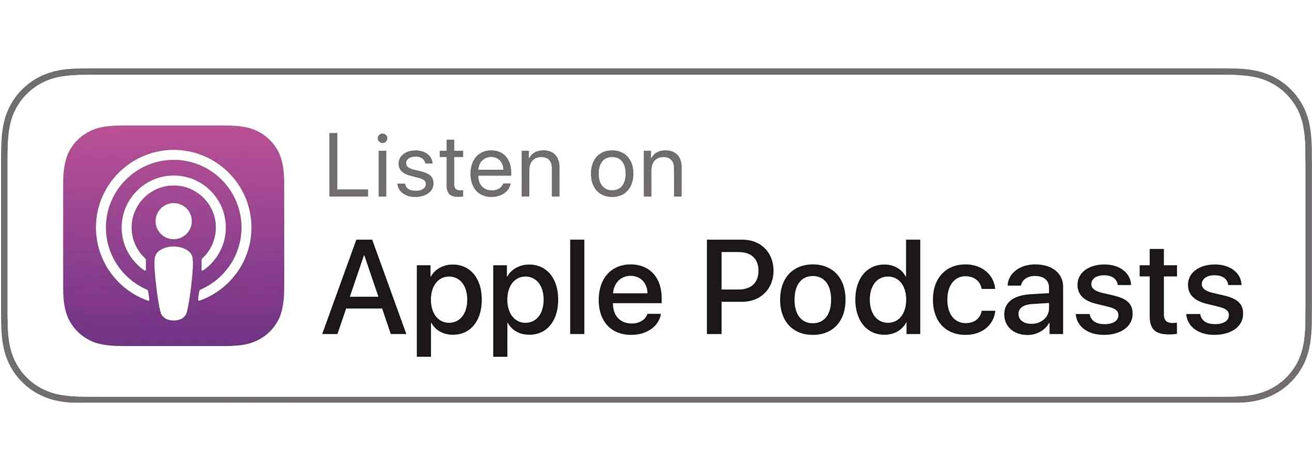
Economic Q&A replay: Economy, currencies and financial markets outlook
As we reach the halfway point in the calendar year, Covid-19 still dominates sentiment in the UK and internationally. Economies are beginning to show signs of recovery, but progress is being made at various speeds.
In our latest webinar, Investec Chief Economist Philip Shaw was joined by experts across the business to give their outlook for the economy, markets and currencies.
Watch the replay below
The outlook for the UK economy, interest rates and inflation
- Philip Shaw, Investec Chief Economist
Financial markets outlook
- John Wyn-Evans, Head of Investment Strategy
Financial markets outlook
- John Wyn-Evans, Head of Investment Strategy
An update on currency markets
- Chris Brand, Senior Currency Trader
The panel answer questions on treasury yield levels, stock valuations, safe-haven currencies, Nissan's electric vehicle production and the impact of low-interest rates on bond markets.
The panel answer questions on treasury yield levels, stock valuations, safe-haven currencies, Nissan's electric vehicle production and the impact of low-interest rates on bond markets.
Prefer to listen to the audio?
Download the podcast and listen on the go.
Alternatively, use the links below to play the episode wherever you get your podcasts.
Upcoming webinars
If you don't receive invites already, please sign up here to receive invitations for upcoming webinars.
Investec's UK economic mid-year review 2021
In March 2020, the likelihood we would still be talking about Covid-19 in 2021 seemed slim – and yet, the pandemic still dominates news agendas around the world. However, in a mid-year review of the economy and financial markets, Investec experts spoke of a strong recovery, which has seen virus fears replaced with concerns about rising inflation.
Past peak growth
Investec Chief Economist Philip Shaw said the three key concerns for the economy going into the second half of the year are inflation, interest rates and Covid-19.
The unlocking of economies has resulted in such a surge of economic activity, that growth has already peaked, explained Shaw. However, he said the economy remains in a sweet spot, with further positive data still to come out and excess savings set to support the pace of growth. Shaw said the UK could see growth in excess of 8% for 2021.
Following the disinflationary pressures suffered in 2020, Shaw said we could see inflation climb to 3% this year. But he believes the inflationary upturn will not be permanent. He explained the sharp rise in commodity prices would not be sustained. Pressures connected to inventory levels should fade as production increases to meet elevated levels of demand.
“Prolonged inflation in developed markets is normally the result of overheating. When activity is as robust as it is now, it is very rare to see inflation take hold permanently without material tightening in the labour market.”
One of the critical developments, said Shaw, will be what happens to the 1.5 million people on furlough – how many are absorbed back into their jobs, how many find new jobs, and how many become unemployed. Indeed, he said the Bank of England is not in a hurry to tighten monetary policy and will likely wait to see how the labour market reacts. Shaw predicted the central bank might wait until next spring to start reducing its balance sheet and increasing interest rates – perhaps at the same time.
With Covid-19 cases in the high territory, Shaw said the government is banking on a weaker link between case numbers and hospitalisations to carry out the full reopening of the economy in July. However, this could change if a new strain emerges or ‘long Covid’ becomes a bigger issue.
Markets reward risk-taking
“Financial markets are forward-looking beasts and people can often be flummoxed by the fact what goes on in the economy does not bear much resemblance to what is going on in financial markets,” said Head of Investment Strategy for Investec Wealth & Investment, John Wyn-Evans.
Whereas markets continued their upward trajectory despite the negative GDP figures in 2020, this year’s growth figures may not be matched by markets, said Wyn-Evans. So far, overall index levels increased over the first half of the year, but he said this was not representative of market movements beneath the surface.
“It has been a half of two contrasting quarters,” he said. The BVB or “Biden-Vaccine-Brexit” trade that dominated the beginning of the year led to a reflationary environment as each of these issues faded. In the second quarter, the rally waned and growth stocks resumed their leadership, as markets began to think about central banks withdrawing liquidity and the Covid-19 Delta variant brought further risks to the economic reopening.
The shift in tone from the Federal Reserve had big reverberations in markets, said Wyn-Evans. While the US central bank had previously stated it would allow inflation to run above-target, its signal it would reign in liquidity sooner rather than later sent bond yields substantially lower. Wyn-Evans highlighted the need to take more risks to meet long-term liabilities in the current environment – while remaining mindful of economic reopenings and central bank action.
While there remain many imponderables – with certain sectors struggling with staff shortages and many people still to re-enter the labour market – Wyn-Evans noted the trend is clearly upward and the recovery could have long legs – with global earnings per share set to grow 40% this year and another 10% in 2022.
Currencies remain data-driven
The pandemic has overshadowed Brexit as the main driver of currency markets this year, said Investec FX Trader Chris Brand, with progress on vaccine roll-outs dictating currency movements. At the beginning of the year, he noted that the pound rose off the back of the UK’s strong vaccination programme – compared with a sluggish roll-out in the Eurozone.
The start of 2021 also saw a move into safe-haven currencies, such as the US dollar, which reversed as countries improved their rates of inoculation against Covid-19. However, the Federal Reserve’s recent hawkish tone scared investors back into safe-havens, and caught the market by surprise, said Brand.
“If the signal is that the taper will soon follow, we risk hitting key levels in euro-dollar and sterling-dollar,” he added. On the other hand, if investors gain confidence in the market and more supportive data emerges, we should see more movement into higher-yielding currencies, such as the South African rand, he said.
With the majority of central banks hinting at a taper within the next year, and most developed countries following a similar vaccination path, it is now a question of timing, said Brand. He suspected the Federal Reserve would be the first to announce rate hikes, while things are less certain in the UK, where the Delta variant remains an issue and the furlough scheme has yet to unwind. He suggested the Bank of England would likely adopt a wait-and-see approach, driven by a cautious Governor Andrew Bailey.
As a result, Brand said the remainder of the year would be data-driven, with key events – such as inflation announcements and central bank meetings – generating volatility while the periods in between may see lulls. This warrants particular caution, for which Investec offers a range of volatility mitigating solutions, including leave orders and dynamic hedging.
Browse articles in




